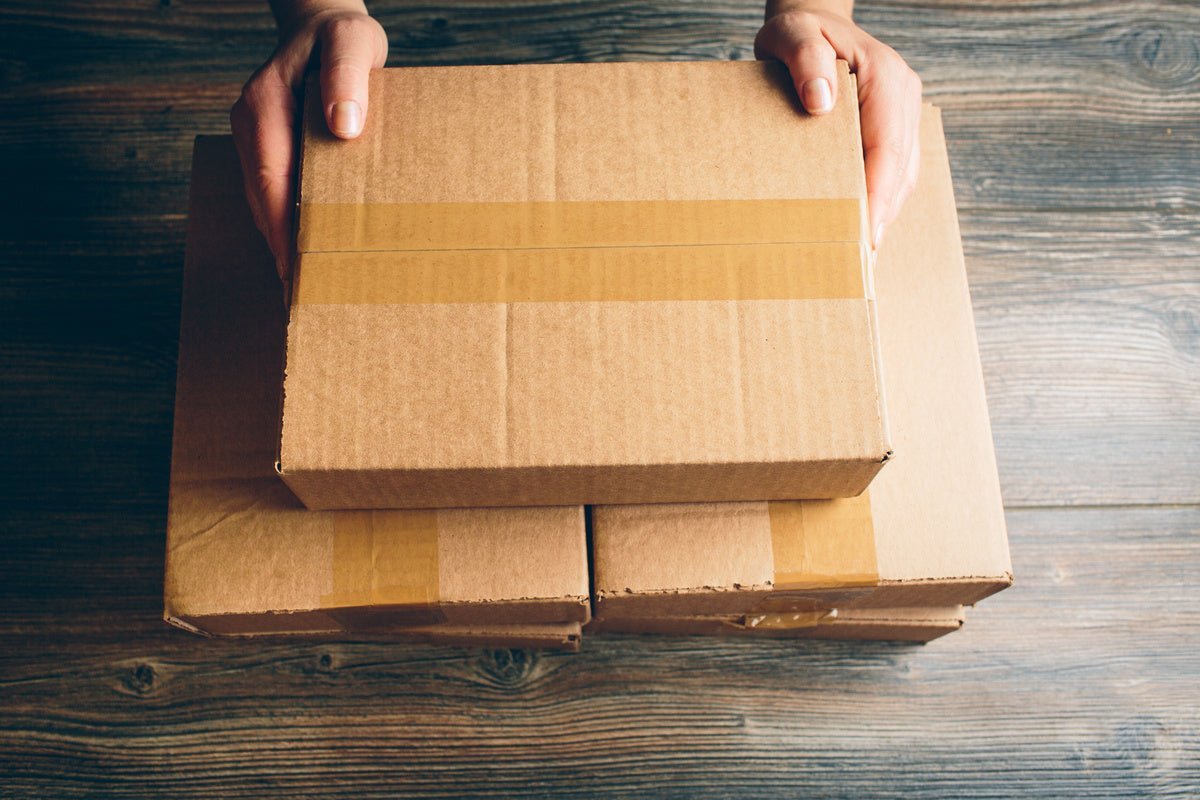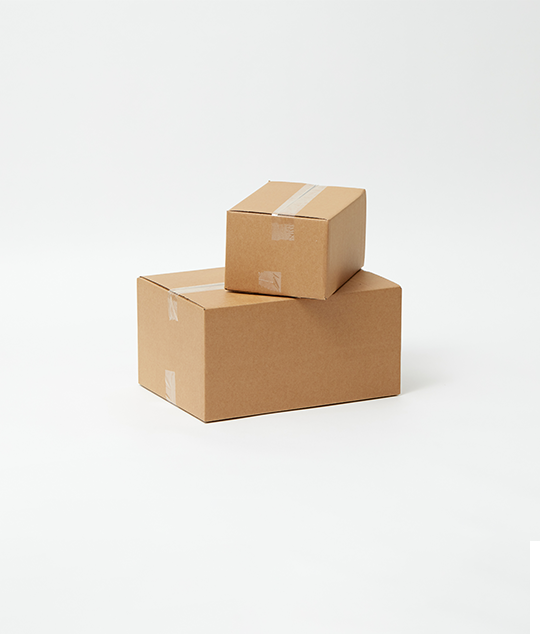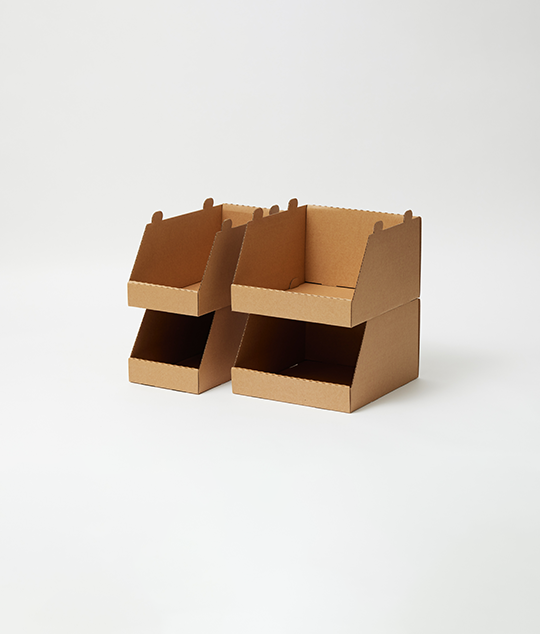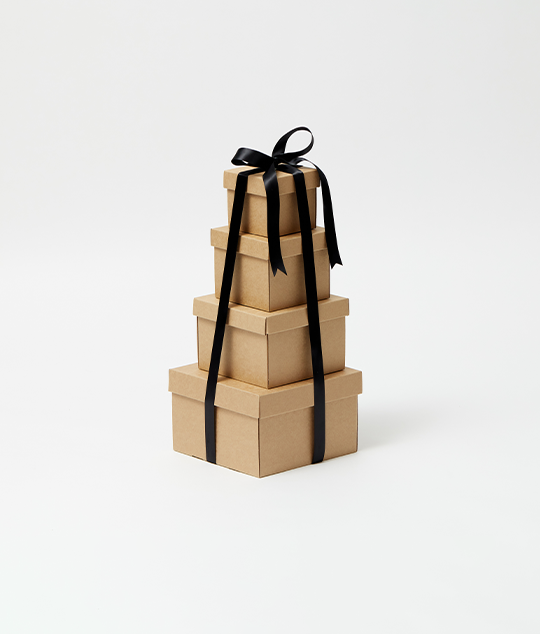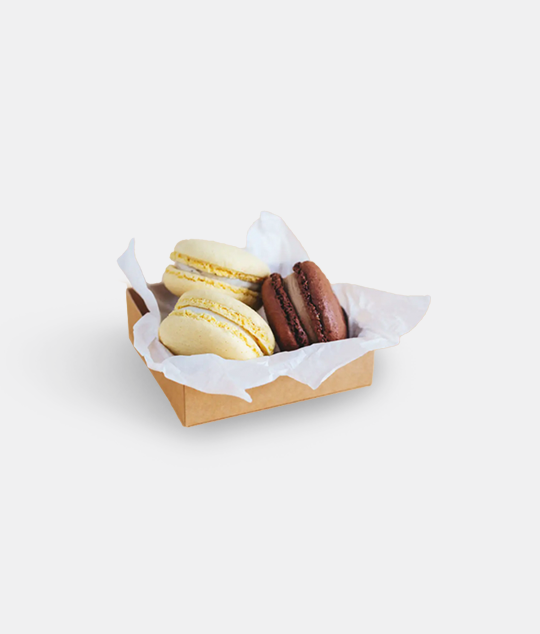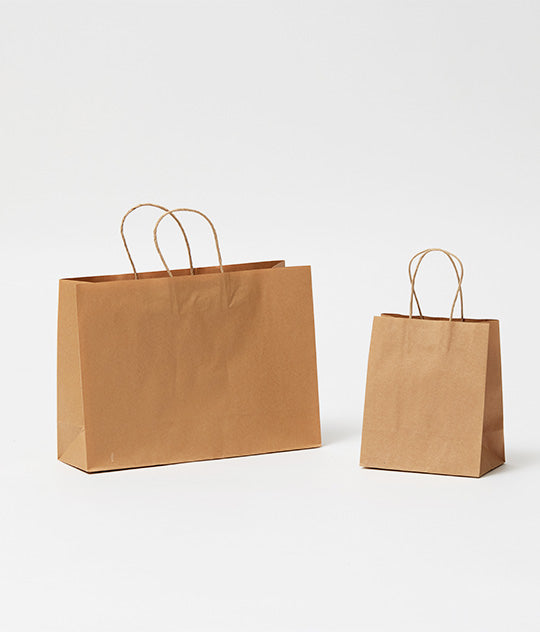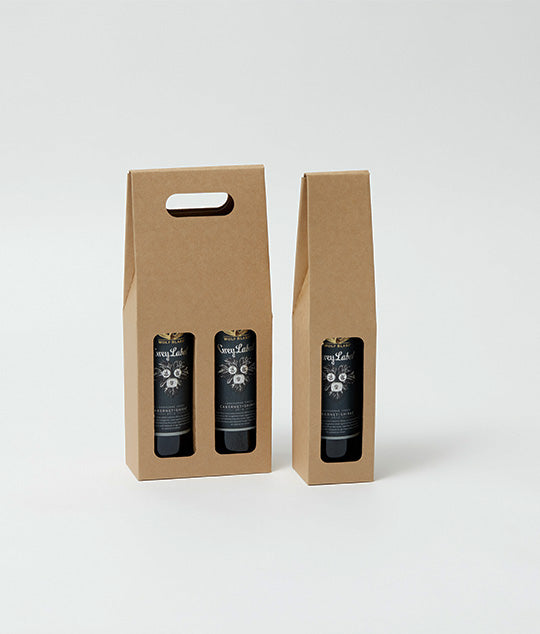Not sure how to measure boxes accurately? You're not alone! Whether you're packing for eCommerce, shipping goods, or organising storage, knowing how to measure box dimensions correctly ensures you choose the right size and avoid shipping issues. In this guide, we’ll walk through how to measure a box for shipping, explain when to use internal vs external dimensions, and help you pack smarter.
Key Takeaways:
- Understand the difference between inside and outside box measurements.
- Learn how to measure a box for shipping to avoid extra courier charges.
- Use the right dimensions to ensure product protection and packing efficiency.
Should You Measure a Box From the Inside or Outside?
Understanding when to use internal vs external box dimensions is crucial for accurate packaging and shipping cost calculations.
There are cases to be made for both measuring a cardboard box from the inside and measuring it from the outside. And lest you think that it doesn't matter, rest assured that it can matter quite a lot if you do it wrong. Making sure that your products fit snugly into their packaging is of massive importance in making sure that there is no shifting in the transportation process, leading to damage.
The Case for Measuring the Inside of the Cardboard Box
The reason that you would measure the inside of a cardboard box is if you are going to be packaging something—a valuable and possibly breakable product—that requires packing material to be included in the box. First, you need to get the measurements of the object that you are packaging in this cardboard box. Then you need to estimate the amount of packaging that will be needed to keep the item safe. Then—the important part—you need to measure the box's interior dimensions.
You should measure the inside box dimensions when packing fragile or valuable items that need protection. This helps you determine the right size based on the product and packing filler, ensuring a snug fit inside the box.
Estimating the amount of filler to be included in the box is an art, not a science, but if the item you're packing is particularly valuable you always want to err on the side of too much packaging material and not too little. The filler is often styrofoam, but can also be air bags, bubble wrap, and styrofoam peanuts. But you need to figure out how confident you are that some delivery driver, in a hurry, is going to be able to drop your item on the front porch of a house somewhere and that the item will not jostle enough to be damaged. Because we all know that writing fragile on a cardboard box is not always enough to make the deliverer take that warning seriously.
So you measure your item. Then you estimate how much packing material you need to make sure that the item is going to be safe. Then--the important part--you get out that measuring tape and you measure the inside dimensions of the box. It may not seem like much, but if you have a sturdy cardboard box, then the dimensions on the inside versus the dimensions on the outside could differ by as much as ¼. And that could make all the difference.
It may not seem like much, but if you have a sturdy cardboard box, then the dimensions on the inside versus the dimensions on the outside could differ by as much as ¼ inch. That difference can be crucial, especially if you're figuring out how to measure a box for shipping breakable goods.
The Case for Measuring the Outside of the Cardboard Box
There are two big reasons why you would want to measure the dimensions of the outside of your cardboard box. The first is that you have to know that your cardboard box is going to fit in delivery trucks. Business today in shipping and distribution is all about maximizing space and making sure that you can fit the most boxes into the space allotted to you without wasting any room.
The second big reason why you would want to carefully measure the outside dimensions of your cardboard box is if you're shipping it. When your company is shipping a box there are strict size limits that the box needs to fit into to reach certain price thresholds—it's not all about weight. If a cardboard box is as much as a half inch too big then the price of shipping could increase by a few dollars. Multiply that by a hundred or a thousand boxes that you're shipping and that cost isn't trivial.
Conclusion: Why Measuring Matters
Accurately measuring your cardboard boxes ensures better product protection, optimised shipping costs, and fewer packaging issues. Always remember: use length × width × height (L × W × H), and know whether to measure the inside or outside depending on your use case.
Still unsure how to measure a box for shipping? Reach out to our team — we’re happy to help.
Buy Any Size Cardboard Boxes At PackQueen
Browse our full range of shipping boxes to find the right size for your next order — from small cartons to large, heavy-duty packaging options.
Frequently Asked Questions
How do I measure a box for shipping?
Use a tape measure to find the length, width, and height — typically measured from the outside unless you're measuring internal storage space.
Why are inside dimensions important?
They help ensure your products and packing materials fit properly, especially when protecting fragile items.
What’s the standard order for measuring box dimensions?
Length × Width × Height (L × W × H), in that order.
